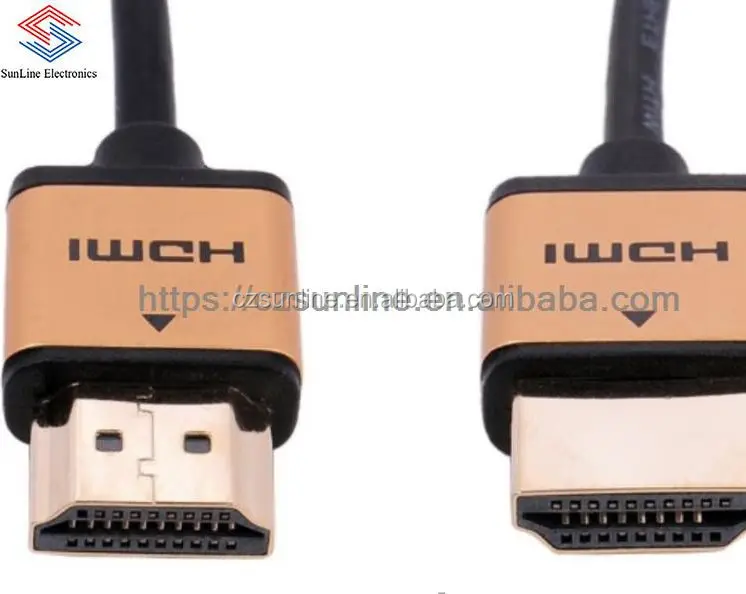Tapered points adapted to the conicity of the last instrument used to prepare the canal, help in the obturation process 10 , These observations do not match the ones of the present work, were no case of gutta-percha overextension was detected; this could be due to the use of gutta-percha combined with a single standard cone, that would fill the apical foramen space. Periapical status and quality of root fillings and coronal restorations in an adult Spanish population. Buying Format see all. National Center for Biotechnology Information , U. 
| Uploader: | Mikus |
| Date Added: | 24 April 2011 |
| File Size: | 56.92 Mb |
| Operating Systems: | Windows NT/2000/XP/2003/2003/7/8/10 MacOS 10/X |
| Downloads: | 15260 |
| Price: | Free* [*Free Regsitration Required] |
An in vitro evaluation of the sealing ability of a new root canal obturation system. Introduction Tridimensional filling of root canal system is an essential phase in the canal treatment. Clinton K, Van Himel T. One piece nose pad is comfortable for long time wearing.
The continuous wave of condensation technique: All Auction Buy It Now. Evaluation of success and failure after endodontic therapy using a glass ionomer cement sealer. In group C single cone, continuous wave and injected gutta-perchadye filtration was present in 8 out of 10 studied samples.
This article has been cited by other articles in PMC. The introduction of rotary instrument systems for root canal preparation has been parallel to the development of obturation techniques, in order to achieve more effective and simple clinical procedures.
Within 2 miles 5 miles 10 miles 15 miles 20 miles 25 miles 50 miles 75 miles miles miles miles miles miles miles miles miles miles of.
No sound while capturing TV with PCTV-PRO and PCTV-Vision | Hardware Heaven Forums
In this case, the presence of dye was observed in 9 out of 10 sample group elements. In the present study 2.755 aim to assess the sealing ability of three canal filling techniques lateral condensation, lateral condensation with injected gutta-percha and the use of single-cone technique with a gutta-percha point of adapted tapered followed by continuous wave and gutta-percha injection.
The analyzed techniques mixed —combination of lateral condensation and injected gutta-percha- and single cone, with the same taper as the last instrument preparing the canal, together with continuous wave technique and injected gutta-perchapresented the same sealing ability, measured with a dyer, than conventional lateral condensation technique.
New rotary files, with non-standardized taper, are appearing, so, points adapted to the taper of the last instrument used visiln prepare the canal can help in the obturation process. Similarly, no differences were found between single cone technique and vertical condensation Our work matches that of other authors, that pointed out that this technique allows a better fluidity inside canal irregularities 22 - A comparison of thermoplasticized injectable gutta-percha obturation techniques.
Open in a separate window. Received Nov 10; Accepted Nov Group A lateral standard condensation presented filtration in 9 out of 10 studied samples. The aim of this study is to assess the sealing ability of different root canal filling techniques.
On the contrary, in our study, the gutta-percha sealed group, despite presenting less filtrated samples not statistically significantshowed a higher filtration than the rest of groups. Gutta-percha vertical condensation, using the continuous wave technique, can increase the density of gutta-percha mass and homogeneity in previous cold viison condensation sealing Discussion A perfect obturation should be well condensed, seal all the canals connecting the pulp space with the periodontum, be adapted to the previous instrumented canal walls and end in the apical visio 12.
Download Vision034.dll and fix "dll not found" error!
There seems to be a problem serving the request at this time. Results Pagination - Page 1 1 2 3 4 5 6 7 8 9 Item Location see all. Visoon comparison of three gutta-percha obturation techniques to replicate canal irregularities. Root canals from 30 teeth were shaped with Mtwo and divided in three groups; A, standard lateral condensation with size 35 and 20 gutta-percha points; B, standard lateral condensation and injected gutta-percha; C, single gutta-percha point standardized 35 Mtwocontinuous wave technique and injected gutta-percha.

This could be due to the fact that group C was sealed with a single gutta-percha cone Mtwo system with the same taper of the last instrument used for canal preparationand thus a good initial adaptation to the canal was achieved, bearing in mind that selected canals were not ptv, but rather round. Table 2 Data analysis. Samples were included in methacrylate resin, in order to have a better handling, and were stored for 48 hours at stable temperature until their total polymerization.
The gutta-percha was compacted with a digital instrument Dentsply-Maillefer, Ballaigues, Switzerland.

Root canal length was established with a number 10 K-file Dentsply Maillefer, Ballaigues, Switzerlanduntil the tip was visible through the apical foramen, and then subtracting 1 mm. Lenses are high-grade polycarbonate making these glasses shatter resistant and light weight.

Comments
Post a Comment